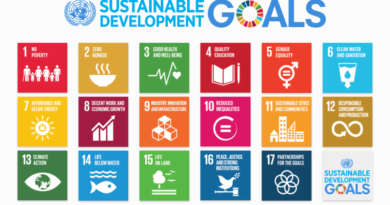The Nagoya Protocol
Contents
The Nagoya Protocol: A Framework for Fair and Equitable Access to Genetic Resources
The Nagoya Protocol is an international agreement designed to promote the fair and equitable sharing of benefits arising from the utilization of genetic resources. It serves as a supplementary framework to the Convention on Biological Diversity (CBD), which was adopted in 1992. The protocol was signed on October 29, 2010, in Nagoya, Japan, and came into force on October 12, 2014, after 50 ratifications.
Objectives and Scope
The Nagoya Protocol aims to implement one of the three core objectives of the CBD: equitable benefit-sharing. It seeks to address issues of biopiracy and ensure fairness in accessing and utilizing genetic resources. The protocol applies to:
Genetic resources covered by the CBD.
Traditional knowledge associated with genetic resources.
Benefits arising from their utilization, including research and commercialization.
It excludes genetic resources governed by specialized agreements, such as the International Treaty on Plant Genetic Resources for Food and Agriculture or frameworks for pandemic preparedness under the World Health Organization.
Key Provisions
The Nagoya Protocol establishes obligations for contracting parties across three major areas:
Access Obligations
Ensures legal certainty, clarity, and transparency in accessing genetic resources.
Requires prior informed consent from resource providers.
Promotes research contributing to biodiversity conservation and sustainable use.
Accounts for emergencies threatening human, animal, or plant health.
Benefit-Sharing Obligations
Mandates fair and equitable sharing of benefits derived from genetic resource utilization.
Benefits can be monetary (e.g., royalties) or non-monetary (e.g., sharing research results).
Requires mutually agreed terms between users and providers.
Compliance Obligations
Supports adherence to domestic laws regarding access and benefit-sharing.
Encourages dispute resolution mechanisms in mutually agreed terms.
Establishes checkpoints to monitor genetic resource usage throughout its value chain.
Global Adoption
As of recent data, the Nagoya Protocol has been ratified by 142 parties, including 141 UN member states and the European Union. However, notable countries like the United States, China, Canada, and Russia have not ratified the protocol.
Challenges
Despite its ambitious goals, the Nagoya Protocol has faced criticism for potentially hindering biodiversity monitoring, conservation efforts, and research on emerging infectious diseases due to added bureaucratic hurdles. Concerns have been raised about its impact on international collaboration during health crises.
Conclusion
The Nagoya Protocol represents a significant step toward global equity in biodiversity management. By ensuring that nations retain sovereign rights over their genetic resources while promoting fair benefit-sharing practices, it aims to balance conservation with sustainable development. However, its implementation requires careful navigation of legal complexities to avoid unintended barriers to scientific progress.
Check : ENVIRONMENT NOTES
Discover more from Simplified UPSC
Subscribe to get the latest posts sent to your email.

